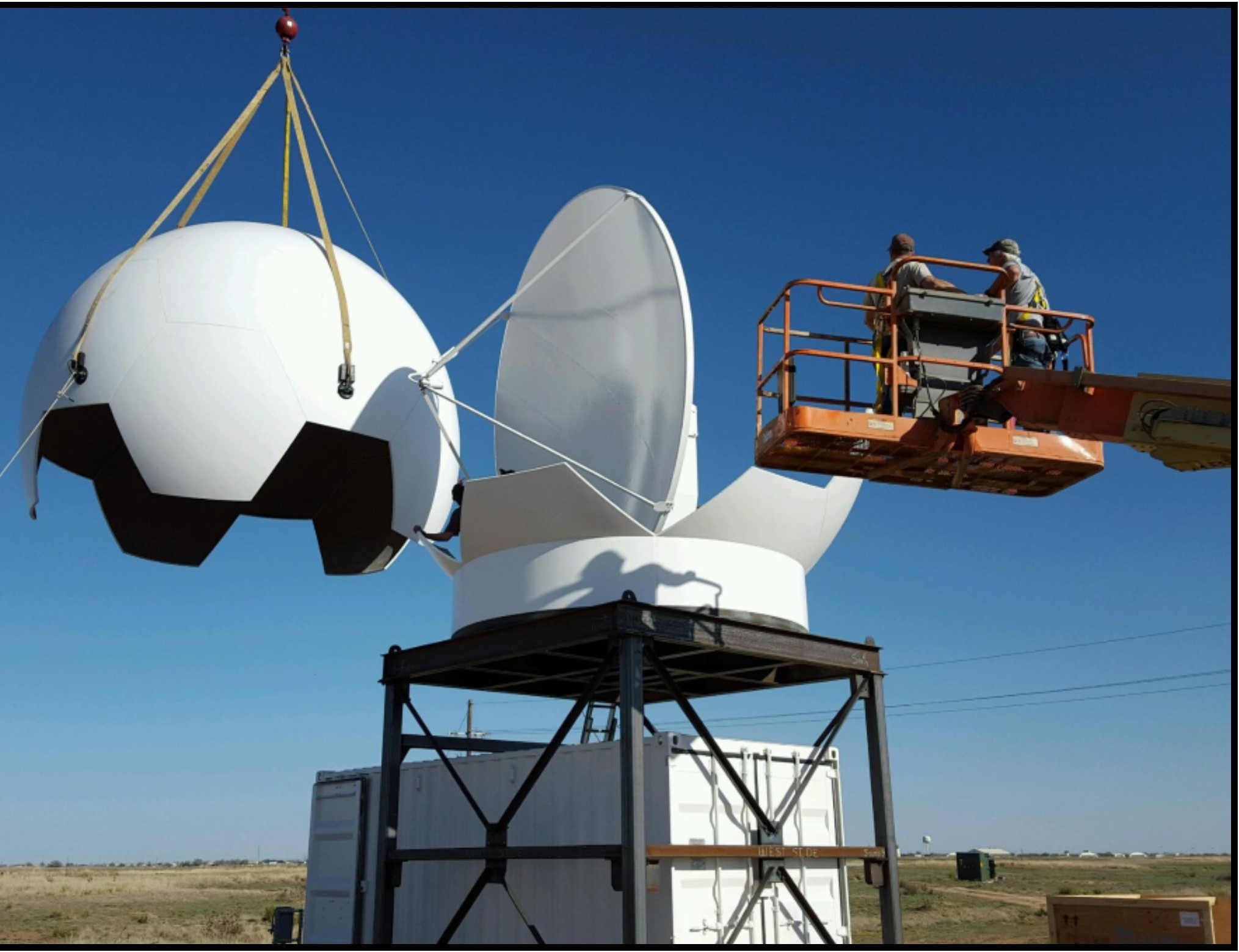Texas Tech University scientists have brought the wind power industry one step closer to its potential with the creation of a system to measure wind flow and control turbine-to-turbine interaction for maximum power generation.
National Wind Institute (NWI) faculty affiliate John Schroeder and research professors Brian Hirth and Jerry Guynes have brought the measurement system online at the NWI field site.
Funded by a $1.4 million grant from the U.S. Department of Energy (DOE), the system is designed to make relevant measurements of complex flow fields in the lower atmosphere. In particular, the new system is designed to measure intra- and inter-wind-plant flow fields.
“Understanding the complex flow field in the lower atmosphere is foundational information required to make more intelligent wind plants,” says Schroeder, a professor in atmospheric science. “A wind turbine interacts with the flow field, creating a wake. As that wake translates downstream, it impacts other wind turbines. Right now, this technology is the best tool available to understand how the wind turbines/plants modulate the flow field and impact each other. Hence, this technology can provide information to help increase the performance of wind plants and essentially lower the cost of energy.”
The new instrument builds upon the NWI’s pioneering success of using radar measurements to document complex wind flow fields within wind plants. Originally, the project team used the existing Texas Tech Ka-band (TTUKa) mobile Doppler radars to make these measurements. Although successful, the TTUKa radars were limited in their ability to provide useful data in some atmospheric conditions. The objective of the new project is to translate the developed techniques into a new transformative instrument that could be used in a variety of atmospheric conditions.
“The TTUKa radars served previous research projects well, allowing us to identify and visualize complex wind flow phenomena that are known to impact wind plant performance, such as wind turbine wakes,” Schroeder says. “In this project, we advanced the measurement technology, and the new radar system provides much better data availability without sacrificing resolution or scan speed. This improvement opens the door to more widespread adoption and use in industry.”
Though the research team says more evaluation time is needed, the initial results are exceptionally promising. During the first few weeks of operation in May, the new system provided useful measurements approximately 90% of the time.
“This change is a monumental improvement relative to the previous technology and a big step forward for more widespread applications,” Schroeder says. “It’s rewarding to see the research and development efforts that happened right here at Texas Tech translating quickly to industry. We’re excited about the future of this technology and the global impact it might have on wind energy.”
The goal of DOE-funded incubator awards is to accelerate the deployment of innovative technologies into the marketplace. To facilitate a rapid implementation, Texas Tech has partnered with SmartWind Technologies LLC to commercialize the developed wind energy applications.
“Doctors Schroeder, Hirth and Guynes’ new method for measuring wind flow is another example of how our creative Texas Tech faculty enrich society through their discoveries,” says Guy Loneragan, interim vice president of research. “Their work will result in improved design and management of wind farms. This results in increased productivity for the operators of the wind turbines and more affordable energy for our nation’s families. This illustrates the value of federal investment solves real-world problems and results in meaningful benefits for our citizens for years to come.”
Photo credit: Jerry Guynes, research professor, National Wind Institute
Author’s note: Glenys Young is a senior editor with Texas Tech University’s Office of Communications and Marketing. She can be reached at (806) 742-2136.





Guns Up! Hats off to Texas Tech for continuing to provide global leadership in wind innovation and technology advancement. Very happy to have TTU on our team, and in America’s Wind Corridor.